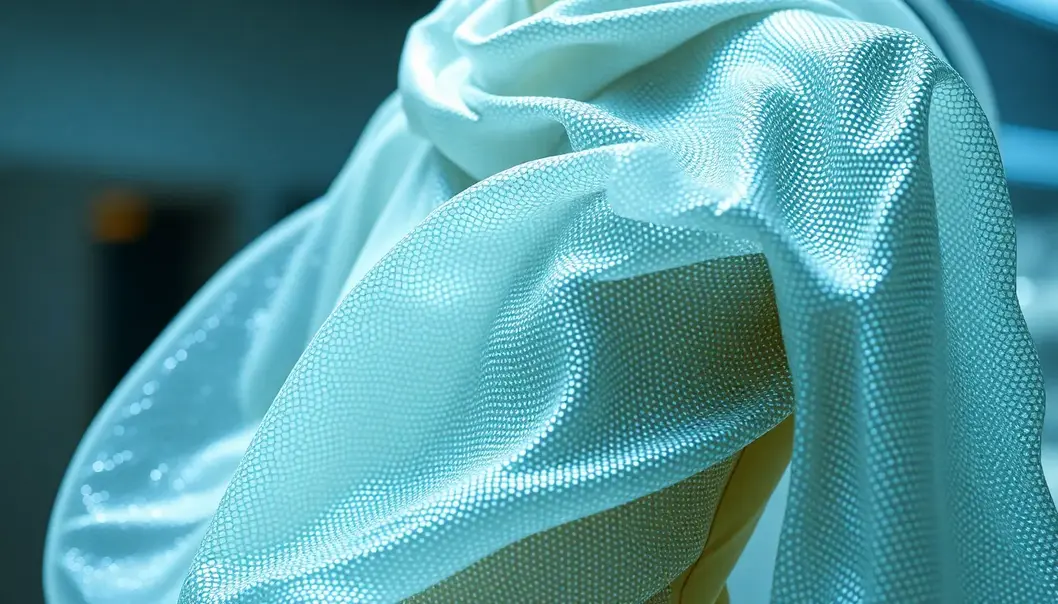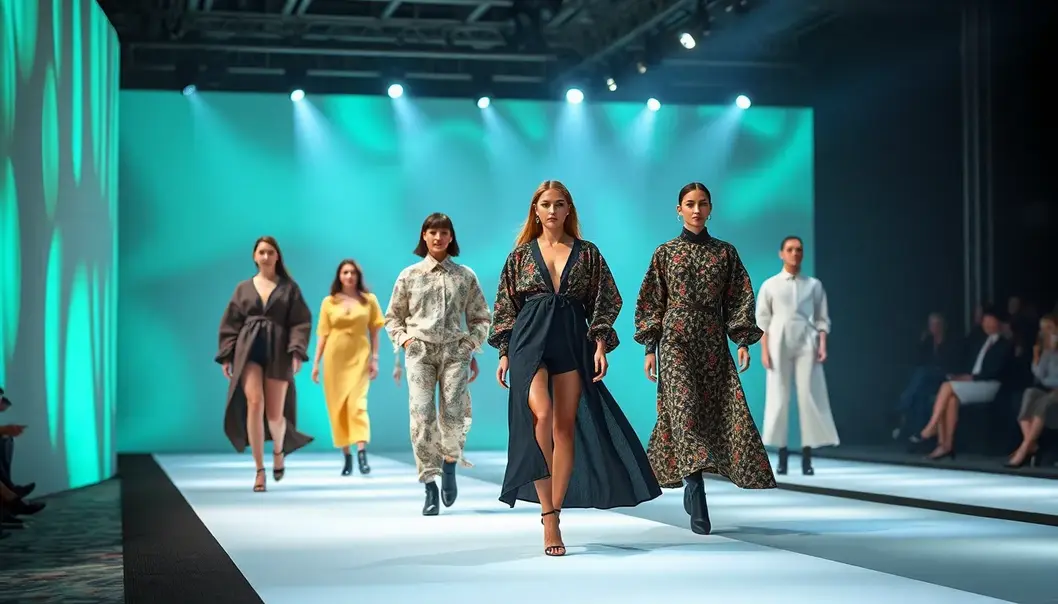The year 2025 is poised to be a watershed moment for fashion, bringing with it an audacious blend of technological innovation and aesthetic awakening. Fashion lovers and trend analysts alike are being beckoned by a landscape that promises unprecedented creativity and ingenuity. The fusion of digital advancements with sustainability efforts is reshaping our understanding of clothing and style. As traditional norms dissolve, a new paradigm emerges—one that offers infinite possibilities and challenges the very essence of what we wear and why. Prepare to explore how futuristic fabrics, a data-driven approach to personalization, and a deeper commitment to ethics are crafting the sartorial narratives for the year and beyond.
Innovative Fabrics: The Future Threads

By 2025, fabrics are no longer just static materials but living systems that respond, adapt, and transform. Imagine a world where your wardrobe communicates with you, telling you when it’s time to recycle or compost, effectively minimizing waste. This is not just a dream but a tangible reality, thanks to a blend of scientific innovation and sustainable practices.
Bio-engineered silks have emerged as a prime example of this transformation. Silk, renowned for its luster and feel, now comes with added functionalities. Through bioengineering, researchers have developed silks that integrate with our bodies, adjusting to temperature fluctuations and thus reducing the need for multiple layers or temperature-specific clothing. These revolutionary materials are created with the environment in mind, not only cutting down on resource-heavy processes but also utilizing renewable sources.
In contrast, self-healing fabrics present a paradigm shift in durability. Historically, clothing wear and tear meant outright disposal or unsightly repairs. With the advent of fabrics imbued with nanotechnology, clothing can now repair itself. These textiles contain microcapsules embedded within their structure, releasing healing agents when a tear occurs, much like a biological response to injury. Not only does this reduce the consumption cycle by extending the life of garments, but it also encourages consumers to invest in quality over quantity.
From an ecological standpoint, these high-functioning materials significantly curb the fashion industry’s environmental footprint. Lab-grown fibers, cultivated in controlled environments, eliminate the need for vast cotton fields, preserving both land and water resources. Production processes emit fewer pollutants, aligning with global sustainability goals and catering to the environmentally conscious consumer.
Moreover, innovations like these lay the groundwork for adaptive textiles, which can modify their physical properties in response to external stimuli. Imagine a jacket that insulates during cold weather yet becomes breathable as temperatures rise. The possibilities are vast, pairing comfort with practicality, and all the while supporting sustainable development.
The intersection of technology and fashion poses challenges but offers greater rewards, sophisticatedly weaving style with function. As fashion enthusiasts prepare to embrace this new era, the once-linear lifecycle of garments is evolving into a cyclical, sustainable continuum. The revolution of fabric technology not only promises enhanced personal experiences but also assures a commitment to our planet’s future.
Hyper-Personalization: Tailoring Experiences

In 2025, the fashion industry stands on the brink of a paradigm shift, where hyper-personalization harnesses the power of AI and big data to revolutionize shopping experiences. Driven by advanced algorithms and comprehensive data analysis, brands now craft garments that are more than just pieces of fabric—they are extensions of personal identity, meticulously aligned with individual tastes and foreseeing desires.
At the heart of this transformation are detailed customer profiles. Leveraging data from various sources like online activity, purchase history, and even social media interactions, fashion houses construct an intricate digital representation of each consumer. These profiles serve as the foundational elements upon which personalized fashion offerings are built. They enable brands to not only respond to current preferences but also anticipate future style inclinations.
The synergy of machine learning and fashion allows brands to propose options that resonate on a deeper level with the consumer. Imagine receiving recommendations that perfectly fit your body measurements, thanks to data collected and analyzed with exquisite precision. Whether it’s the exact right shade of a sundress that complements your skin tone or a suit tailored to your body’s unique contours, the blend of AI and artisanal craftsmanship ensures an unparalleled fit and style.
Yet, the magic of hyper-personalization extends beyond just physical attributes. By mapping trends and analyzing consumer sentiment, fashion brands can predict and craft collections that not only cater to individual tastes but also inspire and innovate. A consumer might be introduced to avant-garde styles that align with their aesthetic before they even realize such preferences exist. In doing so, brands elevate the shopping experience from transactional to transformational.
This potent blend of technology and fashion fosters a new type of relationship between consumers and brands—one that feels intuitive and deeply personal. Customers are no longer mere participants in a fashion dialogue; they become collaborators in creating their sartorial journey. Brands that embrace this level of personalization stand to cultivate loyalty, encouraging a sense of ownership and engagement in their clientele.
As we navigate this style revolution, it is clear that hyper-personalization heralds a future where fashion is not just worn but lived. It’s a future where technology elegantly enhances and celebrates the diversity of human expression.
Final words
As we stand on this threshold of 2025, fashion envelopes us in its digital embrace, offering new forms of expression and a bold vision for the future. The advancements in fabric technology, coupled with a hyper-personalized approach, foreshadow an era where fashion is no longer just about aesthetics but about meaningful interactions and global impact. Forward-thinking and sustainability-centric, the trends of 2025 promise not only to dress us but also to mirror our values and aspirations. The fashion landscape is evolving, inviting everyone to participate actively in its transformation.
Explore the future of fashion today and revolutionize your wardrobe. Visit our site to discover the trends reshaping style.
Learn more: https://www.futurefashiontrends2025.com
About us
Our company offers cutting-edge fashion forecasting and trend analysis services, empowering brands to anticipate market shifts and align with sustainable innovation. Through comprehensive reports and bespoke consulting, we provide businesses with the insights needed to thrive in the fashion industry’s ever-evolving landscape.

